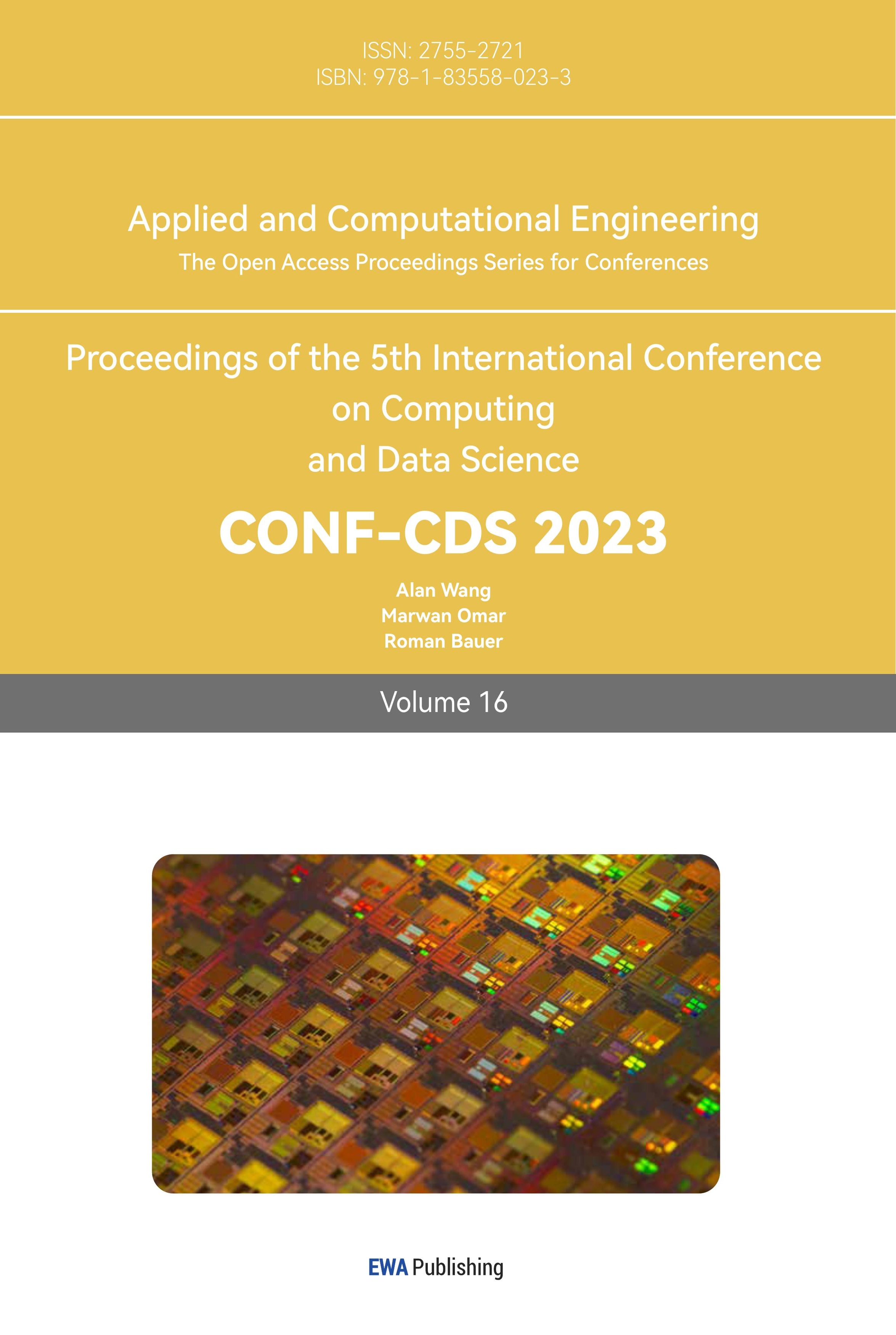References
[1]. Holmes W Bialik M and Fadel C 2020 Artificial Intelligence in Education pp 1-16
[2]. Chassignol M Khoroshavin a Klimova A and Bilyatdinova A 2018 Artificial Intelligence trends in education: a narrative overview Procedia Computer Science 136 pp 16-24
[3]. Chen L J Chen P P and Lin Z J 2020 Artificial intelligence in education: A review Ieee Access 8 pp 75264-75278
[4]. Williamson B and Eynon R 2020 Historical threads, missing links, and future directions in AI in education Learning, Media and Technology 45.3 pp 223-235
[5]. Carbonell J R 1970 AI in CAI: An artificial-intelligence approach to computer-assisted instruction IEEE transactions on man-machine systems 11.4 pp 190-202
[6]. Burton R Brown J S Sleeman D et al 1982 Intelligent Tutoring Systems
[7]. Merrill M D 1984 ADO: Automated instruction design and operation. An applications approach to instructional design Educational Technology Publications
[8]. Brusilovsky P and Pesin L 1992 Integrating adaptive hypermedia and intelligent tutoring systems In Proceedings of the AAAI-92 Workshop on Intelligent Tutoring Systems pp 136-143
[9]. Skinner B F 1958 Teaching machines Science 128.3330 pp 969-977
[10]. Burton R Brown J S Sleeman D et al 1982 Intelligent Tutoring Systems deep learning + education 1
[11]. Kang B C and Kang S C 2022 Construction of Chinese language teaching system model based on deep learning under the background of artificial intelligence Scientific Programming 2022
[12]. Li Q Qi T L and Liu L 2022 The development and management work innovation of university students by artificial intelligence and deep learning in the wireless network era Wireless Communications and Mobile Computing 2022
[13]. Underwood J 2017 Exploring AI language assistants with primary EFL students CALL in a climate of change: adapting to turbulent global conditions–short papers from EUROCALL 2017 pp 317-321
Cite this article
Lin,Y.;Luo,Q.;Qian,Y. (2023). Investigation of Artificial Intelligence algorithms in education. Applied and Computational Engineering,16,180-184.
Data availability
The datasets used and/or analyzed during the current study will be available from the authors upon reasonable request.
Disclaimer/Publisher's Note
The statements, opinions and data contained in all publications are solely those of the individual author(s) and contributor(s) and not of EWA Publishing and/or the editor(s). EWA Publishing and/or the editor(s) disclaim responsibility for any injury to people or property resulting from any ideas, methods, instructions or products referred to in the content.
About volume
Volume title: Proceedings of the 5th International Conference on Computing and Data Science
© 2024 by the author(s). Licensee EWA Publishing, Oxford, UK. This article is an open access article distributed under the terms and
conditions of the Creative Commons Attribution (CC BY) license. Authors who
publish this series agree to the following terms:
1. Authors retain copyright and grant the series right of first publication with the work simultaneously licensed under a Creative Commons
Attribution License that allows others to share the work with an acknowledgment of the work's authorship and initial publication in this
series.
2. Authors are able to enter into separate, additional contractual arrangements for the non-exclusive distribution of the series's published
version of the work (e.g., post it to an institutional repository or publish it in a book), with an acknowledgment of its initial
publication in this series.
3. Authors are permitted and encouraged to post their work online (e.g., in institutional repositories or on their website) prior to and
during the submission process, as it can lead to productive exchanges, as well as earlier and greater citation of published work (See
Open access policy for details).
References
[1]. Holmes W Bialik M and Fadel C 2020 Artificial Intelligence in Education pp 1-16
[2]. Chassignol M Khoroshavin a Klimova A and Bilyatdinova A 2018 Artificial Intelligence trends in education: a narrative overview Procedia Computer Science 136 pp 16-24
[3]. Chen L J Chen P P and Lin Z J 2020 Artificial intelligence in education: A review Ieee Access 8 pp 75264-75278
[4]. Williamson B and Eynon R 2020 Historical threads, missing links, and future directions in AI in education Learning, Media and Technology 45.3 pp 223-235
[5]. Carbonell J R 1970 AI in CAI: An artificial-intelligence approach to computer-assisted instruction IEEE transactions on man-machine systems 11.4 pp 190-202
[6]. Burton R Brown J S Sleeman D et al 1982 Intelligent Tutoring Systems
[7]. Merrill M D 1984 ADO: Automated instruction design and operation. An applications approach to instructional design Educational Technology Publications
[8]. Brusilovsky P and Pesin L 1992 Integrating adaptive hypermedia and intelligent tutoring systems In Proceedings of the AAAI-92 Workshop on Intelligent Tutoring Systems pp 136-143
[9]. Skinner B F 1958 Teaching machines Science 128.3330 pp 969-977
[10]. Burton R Brown J S Sleeman D et al 1982 Intelligent Tutoring Systems deep learning + education 1
[11]. Kang B C and Kang S C 2022 Construction of Chinese language teaching system model based on deep learning under the background of artificial intelligence Scientific Programming 2022
[12]. Li Q Qi T L and Liu L 2022 The development and management work innovation of university students by artificial intelligence and deep learning in the wireless network era Wireless Communications and Mobile Computing 2022
[13]. Underwood J 2017 Exploring AI language assistants with primary EFL students CALL in a climate of change: adapting to turbulent global conditions–short papers from EUROCALL 2017 pp 317-321









